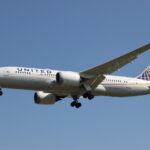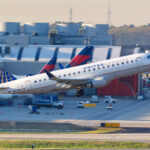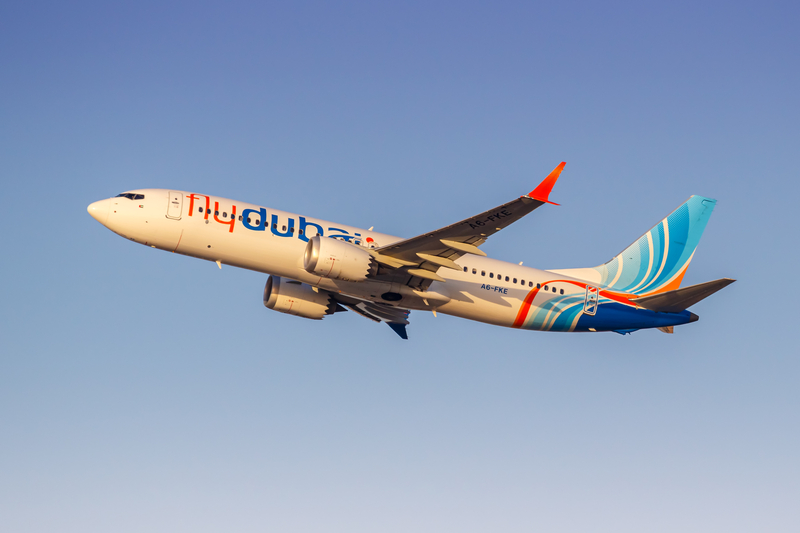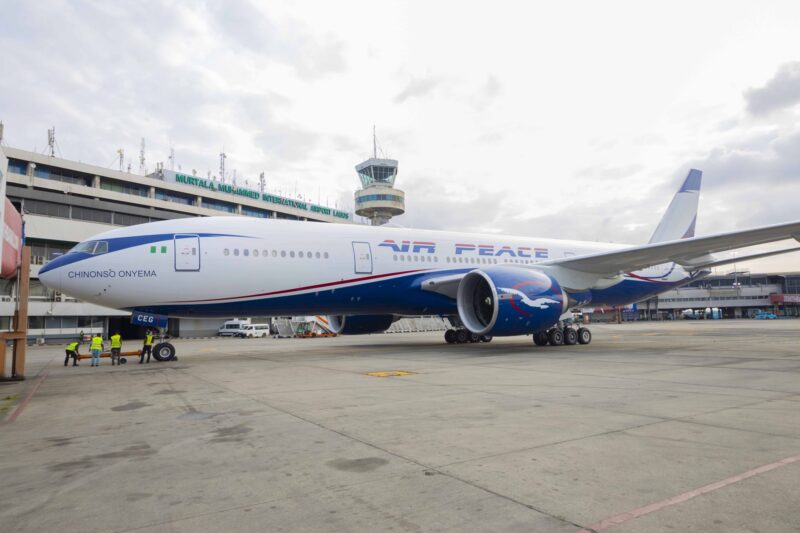United Adds Bari, Glasgow & Split – Plus New Links To Reykjavik And Seoul
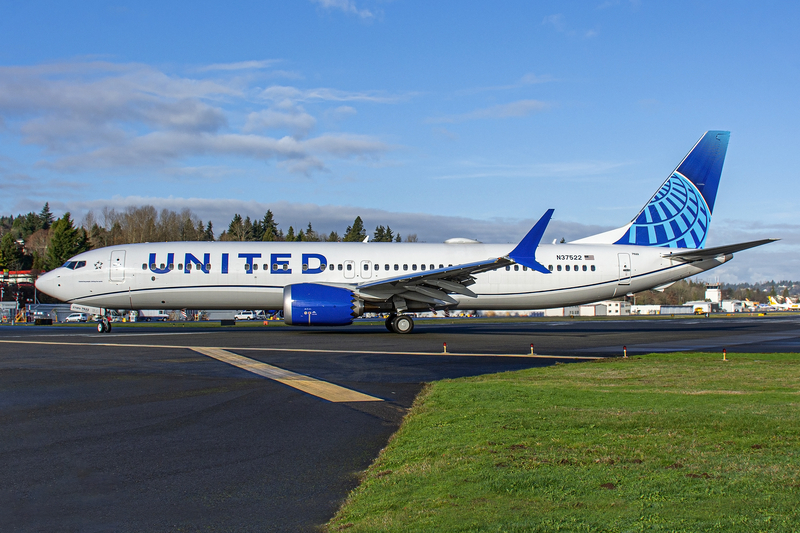
ID 210650194 | Air © Dipankar Bhakta | Dreamstime.com
United has unveiled its 2026 international plan: six new routes, including four all-new European cities for the carrier (Bari, Glasgow, Santiago de Compostela, and Split) and added service to Reykjavik and Seoul. It’s a decidedly more conservative slate than last year’s headline-grabbing additions (think Greenland and Mongolia), but that’s by design. With few new long-haul deliveries arriving in 2026, United is threading the needle—adding breadth without overextending widebody capacity.
The new cities, at a glance (and why they make sense)
Bari (BRI) joins from Newark on a summer schedule, giving United the only U.S. nonstop to Puglia. The 767-300ER is a savvy pick: enough range and premium seats for Italy’s upmarket summer demand, but small enough to de-risk a first season. Expect strong VFR (visiting friends and relatives) traffic alongside leisure travelers bound for Alberobello’s trulli towns, Salento beaches, and Adriatic cruises.
Glasgow (GLA) returns to United’s map via Newark with daily summer service on a 737 MAX 8. United will again be the lone U.S. carrier on the route, tapping a large Scottish diaspora in the Northeast and Mid-Atlantic and feeding Scotland’s festival calendar and Highlands tourism. The MAX keeps trip costs in check while giving the network another Scotland dot beyond Edinburgh.
Santiago de Compostela (SCQ) is the connoisseur’s add. Newark–SCQ provides the only U.S. nonstop to Galicia and the Camino’s end point, appealing to both pilgrims and culture travelers who previously funneled through Madrid, Barcelona, or Lisbon. A 737 MAX 8 matches the niche, seasonal nature of demand and helps United deepen its Spanish footprint to six destinations.
Split (SPU) extends United’s Croatia play (it already serves Dubrovnik) with Newark–Split on the 767-300ER, three times weekly in summer. Think island-hopping, Dalmatian coast yacht charters, and UNESCO-listed Diocletian’s Palace. With limited widebodies to spare, the 767 again balances premium capacity with risk.
Beyond the “new dots”: smarter hub connectivity
Washington Dulles–Reykjavik (KEF) adds another spoke into Iceland from a Star Alliance fortress hub, complementing Newark and Chicago. Daily summer 757-200s put D.C.-area travelers within a single hop of Icelandic adventures and feed broader European itineraries in the other direction.
Newark–Seoul Incheon (ICN) becomes a year-round daily 787-9, finally giving the East Coast a nonstop United option to Korea and tightening the joint network with Star partner Asiana. Today United’s ICN capacity is squarely West Coast–oriented out of San Francisco; Newark unlocks better connections for the Midwest, Southeast, and East Coast without a double-connect.
Strategy check: why these routes, why now
United’s hallmark is being first (or only) into “long-and-thin” or under-served markets—and then staying power if the economics work. 2026 continues that playbook but with tighter aircraft economics:
-
Widebodies are precious. Boeing 787 delivery delays crimp big growth. So United plants flags with 767-300ERs where premium demand warrants (Italy, Croatia) and uses 737 MAX 8s for thinner seasonal leisure (Scotland, Galicia).
-
Newark remains the transatlantic engine. It concentrates O&D demand, corporate share, and banked connections; EWR makes even niche Europe viable three to seven times weekly.
-
Risk is capped by seasonality. Most launches are summer-only. If they overperform, autumn shoulder extensions follow; if not, the damage is limited.
The on-board reality: MAX vs. 767 vs. 787
Not all cabins are created equal, and United’s choices reflect that:
-
Boeing 767-300ER (Bari, Split): True Polaris lie-flat with direct aisle access, Premium Plus, seat-back IFE, and decent galley space for a premium soft product.
-
Boeing 737 MAX 8 (Glasgow, Santiago de Compostela): A single-aisle with seat-back IFE, Bluetooth audio, power at every seat, and extra-legroom Economy Plus, but no Polaris cabin. For 6–7 hours, think elevated narrow-body comfort, not widebody luxury.
-
Boeing 787-9 (Newark–Seoul): Full Polaris suites with doors on the latest-configured tails, Premium Plus, high humidity/altitude comfort, and the quietest ride of the bunch.
Competitive landscape & alliance angles
-
Italy & Spain: United’s move into Bari and Santiago de Compostela bypasses crowded hubs where SkyTeam and oneworld already swarm—and where low-cost carriers dominate intra-Europe feeds. Star’s depth (Lufthansa Group, TAP, SAS codeshares where applicable) still helps on intra-Europe connectivity.
-
Scotland: American focuses on Edinburgh; Delta leans to Edinburgh from New York. Glasgow gives United a differentiator and diaspora pull, even if the MAX narrows the premium pitch.
-
Croatia: United’s U.S.-only nonstop to Split meets strong cruise/yacht flows and diversifies beyond Dubrovnik’s heavy seasonality.
-
Iceland: After PLAY’s demise and with Icelandair steady, United’s Dulles flight increases choice for government and corporate travelers while feeding summer adventure demand.
-
Korea: Newark–ICN fortifies United’s Asia network balance, easing reliance on SFO and aligning with Star’s Seoul footprint for beyond-ICN connections.
Who benefits (and how to book smart)
-
East Coasters & Mid-Atlantic flyers: Nonstops to niche Europe save a connection and hours each way. For Bari and Split, book early—capacity is modest and summer fills fast.
-
Miles & upgrades: Expect limited saver Polaris to Europe on launch; economy awards may appear first. Monitor Dynamic Award swings and target midweek departures. Polaris upgrade instruments (PlusPoints) will be more viable on the 767/787 routes than on the MAX flights that lack Polaris altogether.
-
Tour planners & cruisers: Split and Bari align neatly with Adriatic sailing schedules; look for bundled transfers and open-jaw itineraries (into BRI/out of FCO, or into SPU/out of DBV).
What this says about United’s 2026 philosophy
This is not a chest-thumping capacity surge—it’s surgical expansion shaped by fleet realities and a preference for “only-U.S.-carrier” bragging rights. If the MAX-operated leisure routes prove resilient, they could earn shoulder-season extensions. If widebody supply improves late-year, watch for frequency bumps or an extra Mediterranean niche.
Bottom Line
United’s 2026 adds may lack last year’s shock value, but they’re classic United: creative city picks, smart aircraft matching, and heavy reliance on Newark’s connective power. Bari, Glasgow, Santiago de Compostela, and Split broaden the map; Dulles–Reykjavik and Newark–Seoul strengthen the web. For travelers, it means more one-stop (or nonstop) ways to exactly the places you’ve been saving to visit—and just in time for summer.
